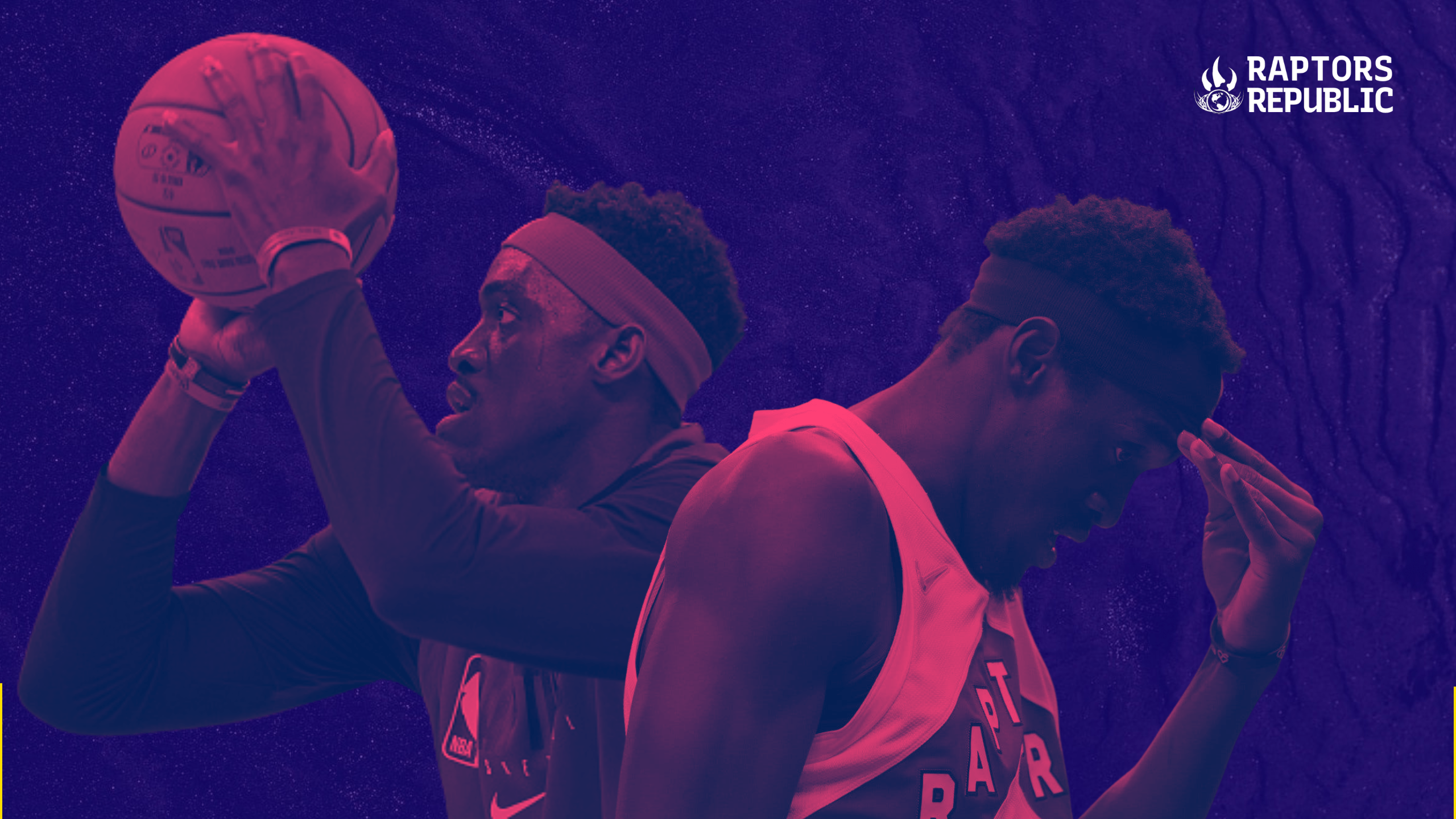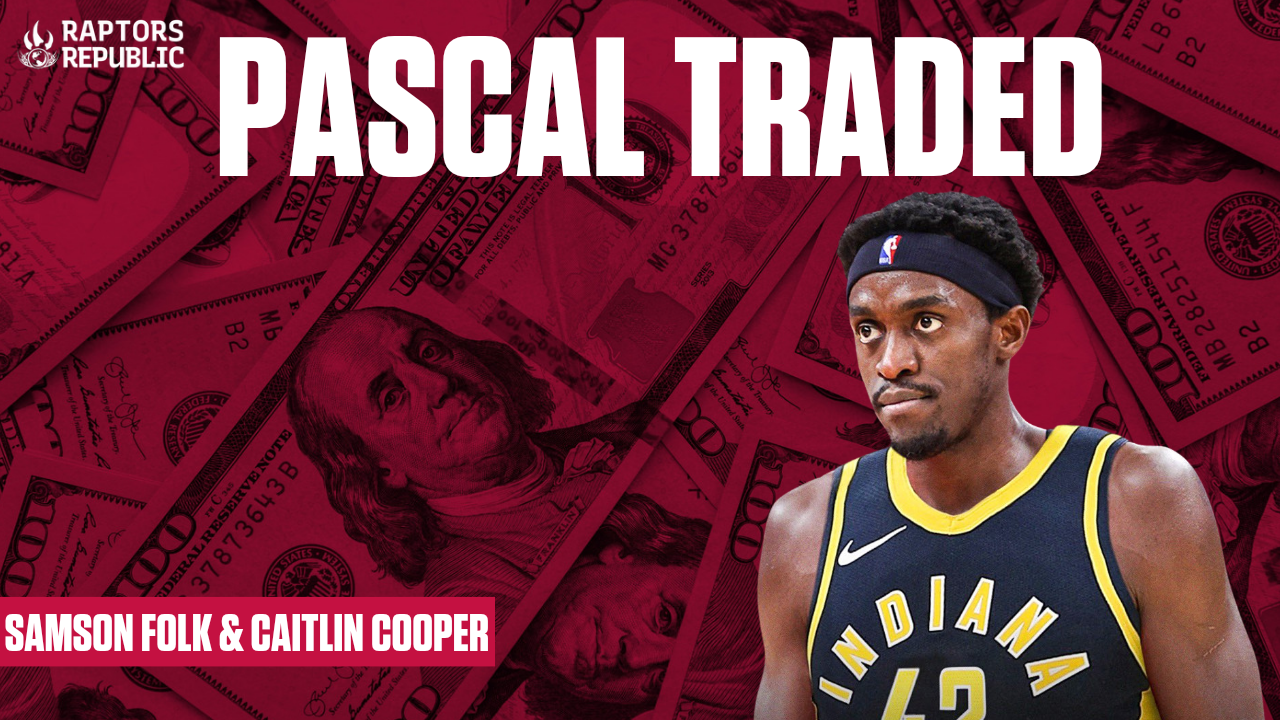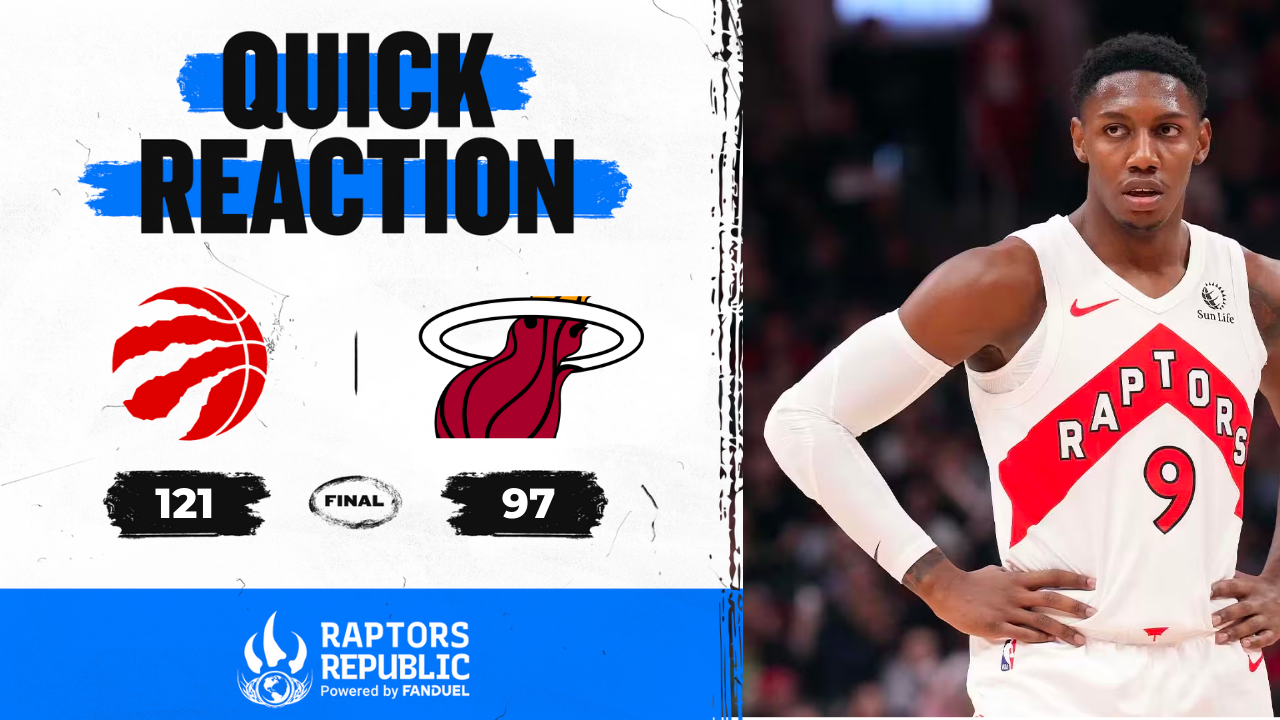When the Raptors traded OG Anunoby, they did so with specific players in mind. Future star(s), potentially. Immanuel Quickley is an ideal fit alongside Scottie Barnes, not just for the rest of the season, but for years, hopefully. RJ Barrett has proven to be better than any of us could have predicted, but his driving and penchant for free throws are likewise fantastic additions. Those three are mainstays. The present and the future.
The Raptors didn’t add anyone like that in trading Pascal Siakam. Maybe.
Bruce Brown, Jordan Nwora, and Kira Lewis Jr. are combining to average 20.2 points per game this season, which is virtually what Barrett was averaging in New York before the trade. (He’s even closer on his own in Toronto, averaging 19.9.) Of course, points per game aren’t everything, but just look at the draft picks in the two trades. Toronto received one second-round pick (albeit a very, very good one) in dealing Anunoby. Toronto received three first-round picks (albeit very mediocre ones) in dealing Siakam. The latter deal was more about the picks than the players, and the opposite was true in the former deal.
Still, Toronto received some players who could help going forward. Even if that means only for the next few weeks until the trade deadline.
Brown of course just won a championship with the Denver Nuggets, and he closed out the series by hitting pull-up triples out of pick and roll. Still, don’t expect that level of domination. He is a career 33.9-percent shooter from deep, and that includes just 25 percent on pull-up 3s. (Because the frequency of pull-ups is so low, he’s only at 35 percent on catch-and-shoot triples on his career.) He is a middling shooter, and on a low volume.
But he is a very modern player. He made his name as a point center for the Brooklyn Nets, where he made his money on short rolls while dripping floaters through the twine. Jazzy stuff, and he’s since become a very capable player in motion. He’s an efficient screener, and he’s great at either making contact and rolling or ghosting and popping. He plays with immense pace, and he’s always cutting — he’ll be a terrific complement alongside Quickley and Barnes, especially. Barnes will have a lot of passing options with both players darting around the court, screening, and generally sowing havoc. He’s great attacking closeouts and a fairly high-volume driver. He’s quite efficient at the rim and from the short midrange.
Defensively, he’s a very good isolation defender, and he inhales blocks and steals, especially for a guard. He’ll fit well into Toronto’s approach on that end, and the Raptors will likely ask him to be the point-of-attack defender to let Quickley and Barnes do what they do best off-ball. He’s not a wing stopper like Anunoby, but he can hang with speedy ballhandlers. That is what Toronto needs most. He can switch and hang with bigs for a beat, but he’s more of a pure shooting guard than he was in Brooklyn.
Still, this is the first year of Brown’s career during which his team has been better with him on the court versus on the bench. He’s getting paid $22 M a year. The Raptors just traded two key contributors largely because of an upcoming tax crunch, and Quickley is about to get paid as a restricted free agent. It’s very possible the Raptors flip Brown for future assets; he is very good, and he might be too good for a Raptors team this year without Siakam or Anunoby. The team remains losing, of course. If that changes in the next week or two, and the wins start rolling in, maybe the Raptors keep Brown. But right now he feels like a luxury.
Nwora, on the other hand, is a defensive specialist on a cheapo rookie contract. Picks defended by him have been incredibly low efficiency, as he is brilliant at dodging the pick and endlessly long for contests. He doesn’t have great block or steal rates, but he’s still a very impactful defender. He’s 25 years old and a very big wing at 6-foot-7. His teams have consistently been much worse with him on the court his whole career, but there’s a skill foundation for defensive success — doing exactly what Toronto needs. He might be the best point-of-attack defender on the team, from day one, during pick and rolls. That may not buy him consistent minutes, but it’s a good skill to have.
He’s also shot 38.1 percent from deep on his career. That’s been down this season, and he’s not doing any of the advanced stuff that someone like Brown does with movement and screening. But he could be a very powerful 3-and-D player down the road if everything falls into place. He likely won’t win his minutes right away in Toronto — if he even plays them. He hasn’t really won minutes yet during his career. But adding a player like Nwora is not about this season.
Lewis is a small but incredibly speedy point guard who suffered an ACL and MCL injury last year and hasn’t been as burst-y since. His long-distance jumper is a work in progress, but he is a capable pick-and-roll organizer.
He is a creative passer, but he will need to prove himself as a scorer, particularly on the drive, to unlock his creation abilities. He’s incredibly fast, and he attempts a huge proportion of his shots at the rim, but he’s been inefficient there since the injury. He’s only 22 years old, so there is plenty of time for him to grow. But the passing and speed are the selling points. He’s likely further along on the defensive end than the offensive, and he’s consistently made his teams better there while on the court.
In Nwora and Lewis, Toronto has two fliers on tiny contracts who may become contributors down the line. In Brown, Toronto could have either a valuable rotation piece or another player to flip for more picks. And then, of course, there are three first-round picks.
This may seem like a low bounty in exchange for trading one of the greatest players this franchise has ever seen in Siakam. But Toronto backed itself into a corner and has been living in liminal space for more than a year now. That is done. And perhaps certainty, as much as picks or players, is what the Raptors were seeking here. Now there is certainty and flexibility and draft assets and hope for future contributors. That is all good. One wonders if the situation had been treated differently, could the Raptors simply have … kept their All-NBA forward? That’s all past, anyway. The future is now.



